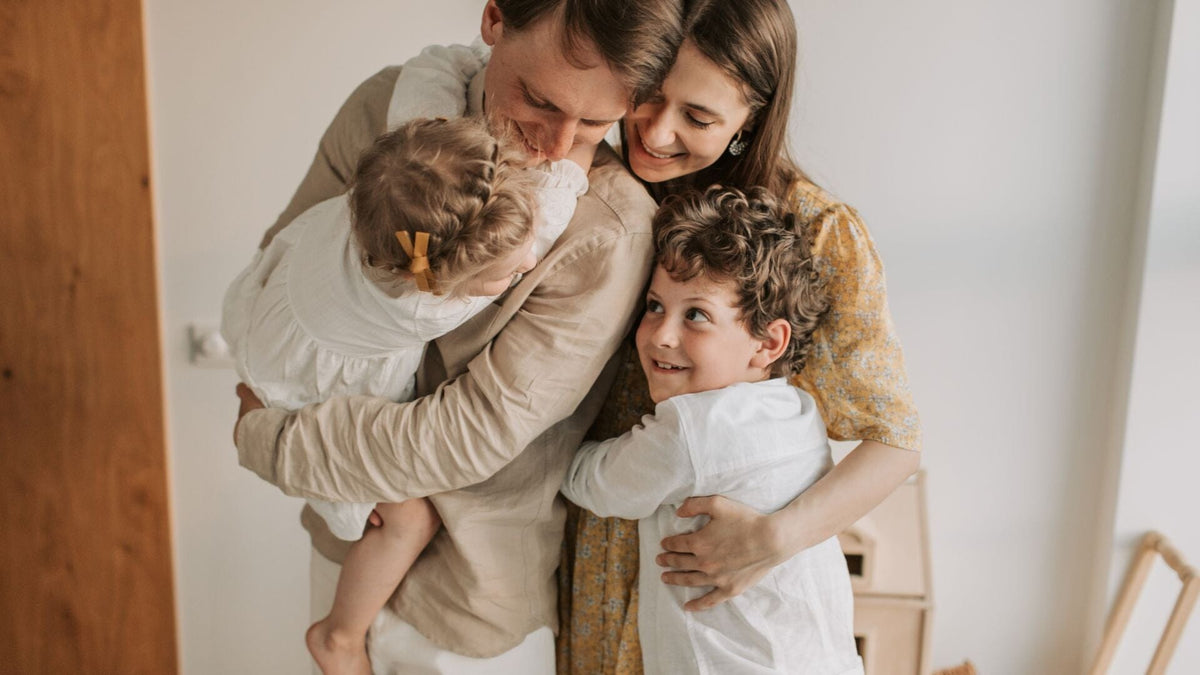

As Thanksgiving approaches, many families reflect on the things they’re grateful for, from cherished traditions to time spent with loved ones. While toddlers may be too young to fully grasp the concept of gratitude, introducing the idea early can have lasting benefits. Teaching young children to appreciate the people and things around them helps build empathy, kindness, and a positive outlook. Here are some age-appropriate ways to help toddlers begin understanding gratitude, and a few fun practices to weave into your family’s daily life.
1. Set an Example with Everyday Moments
Young children learn by watching the adults around them. When parents express gratitude in small, everyday moments—like saying “thank you” when someone holds a door open or appreciating a sunny day—it sends a powerful message to little ones. Model the behavior by voicing what you’re thankful for, whether it’s the delicious dinner on the table, a call from a friend, or even your child’s sweet smile.
2. Create a Daily Gratitude Ritual
Making gratitude a daily practice helps little ones understand that it’s more than a once-a-year event. Consider starting a gratitude jar: each day, help your toddler add a note or drawing of something they’re thankful for. These can be simple ideas like their favorite toy, a sibling, or a fun day at the park. As the jar fills up, it becomes a visual reminder of all the good things they have in their lives.
3. Practice Thankfulness Through Storytelling
Books are an excellent way to introduce concepts of thankfulness and kindness. Choose picture books with stories about sharing, caring, and appreciating others. After reading, ask simple questions to get your toddler thinking, like, “How do you think that character feels?” or “What are some things you’re happy about?” Storytime can be a great opportunity to build emotional awareness, which is a core part of understanding gratitude.
4. Encourage Sharing and Helping Others
Toddlers may not grasp the full meaning of giving, but they can learn the joy of sharing. Encourage them to pick out toys or books to share with siblings, friends, or neighbors. You could even start small acts of kindness as a family, like bringing cookies to a neighbor or helping clean up a local park. When toddlers see that their actions can make others happy, they begin to associate gratitude with positive feelings.
5. Make Thankfulness Fun with a “Thank You” Game
Kids love games, so why not turn gratitude into one? Throughout the day, play a simple “thank you” game. You can take turns naming things you’re grateful for. If your child is too young to express much, let them point to items or people they like. Not only does this make thankfulness feel fun, but it also reinforces their ability to notice and appreciate the things around them.
6. Talk About Feelings and Gratitude
Sometimes, gratitude is as simple as understanding our feelings. Help your toddler recognize different emotions by labeling them: “You’re happy because you have your favorite teddy!” or “You’re feeling excited because Grandma is coming over.” By connecting feelings to the things they value, toddlers begin to understand that there are reasons behind their happiness and joy.
7. Involve Them in Thanksgiving Traditions
Thanksgiving is the perfect time to make gratitude feel special. During the holiday, encourage toddlers to participate in small, hands-on ways, like setting the table or picking out decorations. Invite them to say what they’re thankful for, even if it’s as simple as “juice” or “my blankie.” The more they associate Thanksgiving with giving thanks, the more they’ll look forward to expressing gratitude each year.
Embracing Gratitude All Year Long
Thanksgiving may be just once a year, but teaching gratitude to toddlers is a gift that keeps on giving. Through simple, everyday actions, you’re helping them develop a heart of gratitude and a deep appreciation for the world around them. In a season all about giving thanks, these small steps can make a big difference—not only now but in the years to come.


